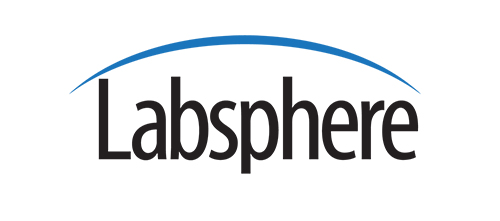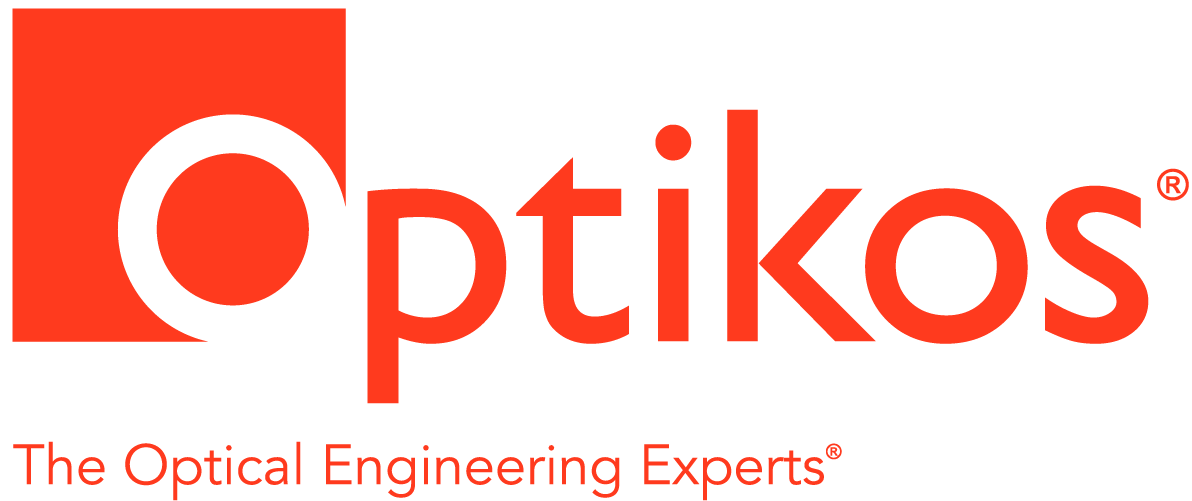Optical components are useful to illustrate basic optical concepts, and with ‘Jello Optics’ we generate a method to demonstrate basic concepts of refraction with a medium that is very engaging to young students. Lenses, lightpipes, and prisms can be easily cut from a sheet of Gelatin. The Gelatin also scatters light so a laser beam is visible as it passes though the material allowing students to see the path that theoretical (or in this case very real) rays would take through an optic. We use a double concentration of Knox which holds up well at room temperature. Gelatin is fun to handle by the audience so making extra is recommended as the optical components do not last long under probing, poking and bending, even at double strength. It is also useful to point out that the Gelatin does not contain any sugar, so it won’t taste very good.
The refractive index can be measured with a laser line and a template. Refractive angles for a given input angle, optical shape and index values are pre-calculated and printed onto a template. The lens is cut from a block of gelatin with a sharp knife for the plano side and a piece of sharpened aluminum roof flashing bent to match the radius of the convex side. The index can be read off the scale on the right side. Two or more batches of gelatin can be prepared with and without sugar to adjust the refractive index so different measurements can be made. Figure 3 shows the set up for this demonstration. The measurement and concept of index of refraction can then be related to the concept of eye-glasses, microscopes, telescopes and camera lenses, although fewer students are familiar with cameras not enclosed in their cell phone.
Light pipes and prisms can also be cut from gelatin to show Total Internal Reflection (TIR). A laser beam can be directed toward a prism so the beam passes through the material and then tilted to achieve the critical angle causing the beam to be captured by TIR. This makes a fun hands-on activity. Similar demonstrations can be made with long strips of gelatin as shown in Figure 4. Fiber optics and modern telecommunications are good context for these illustrations.
With additional preparation (a few days before the demonstration), a high sugar concentration of gelatin can be prepared and molded in a cylindrical tube to demonstrate an index gradient material. After the gelatin rod is formed, the rod is submerged in a bath of water to leech out the sugar near the surface of the rod giving a radial index gradient. Laser light will then be seen to bend within the gradient rod similar to rod lens used in photocopy machines. This is another good addition to the TIR demonstration.
We recently added gelatin to our polarization demonstration as gelatin easily exhibits form and stress birefringence.



